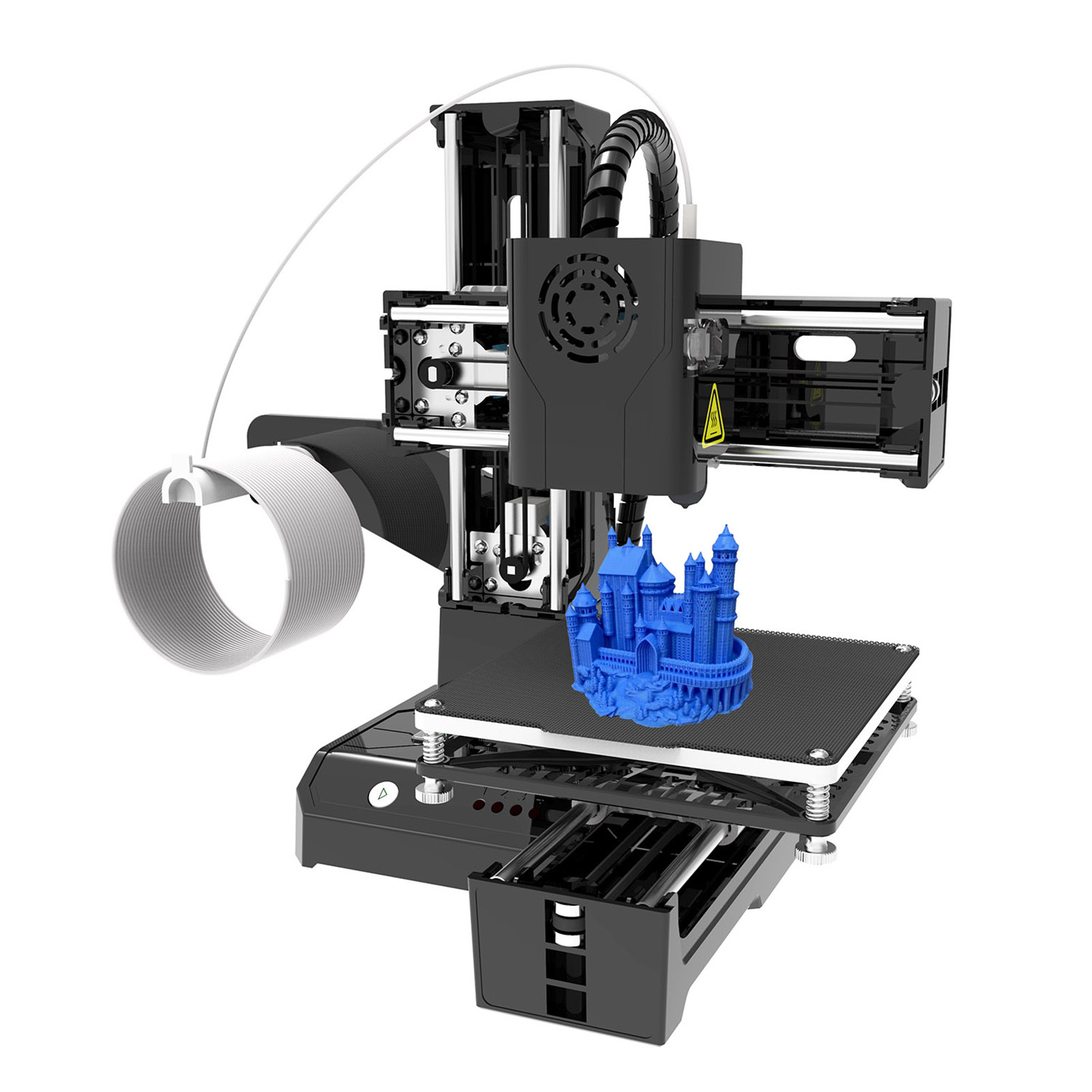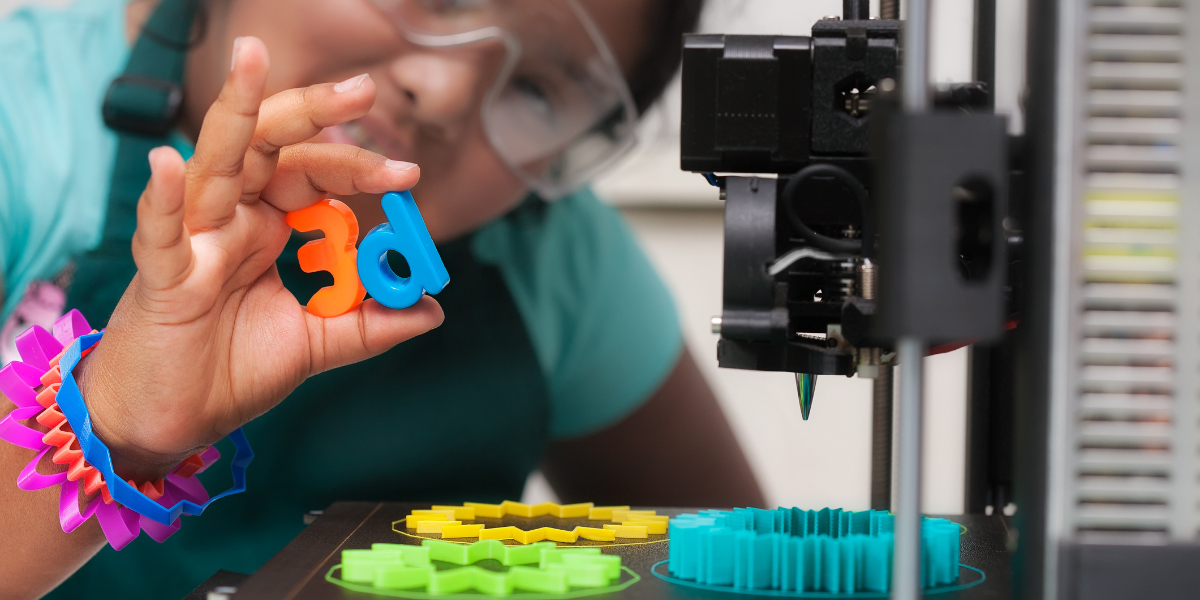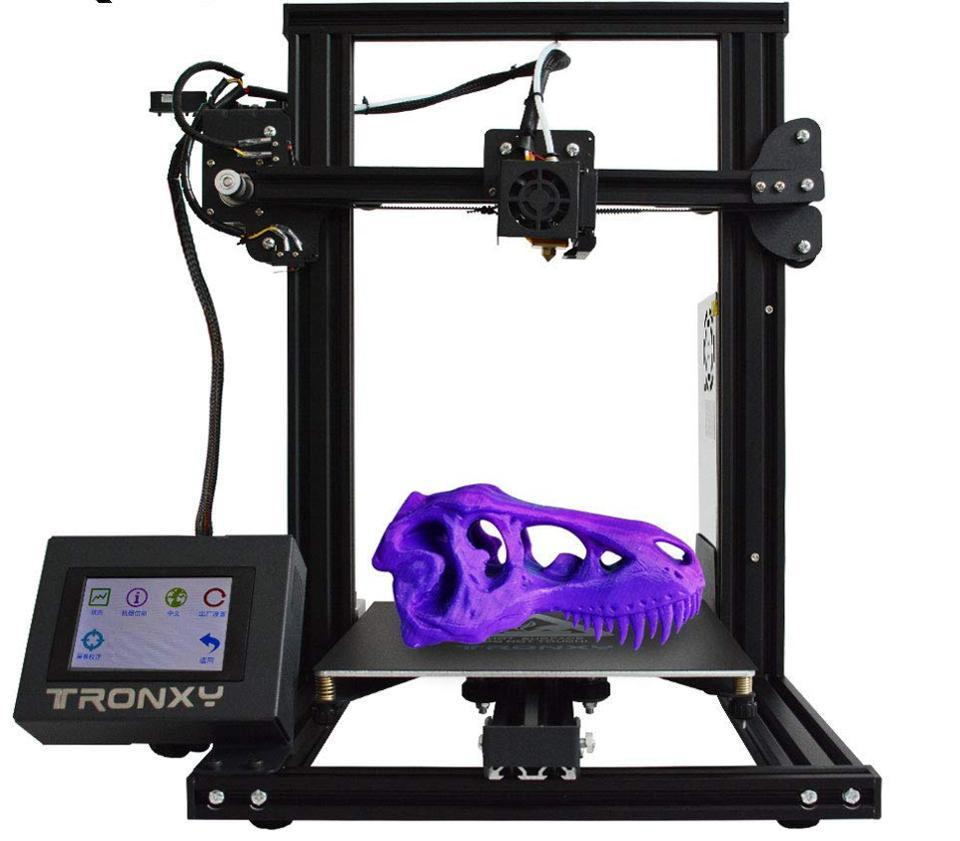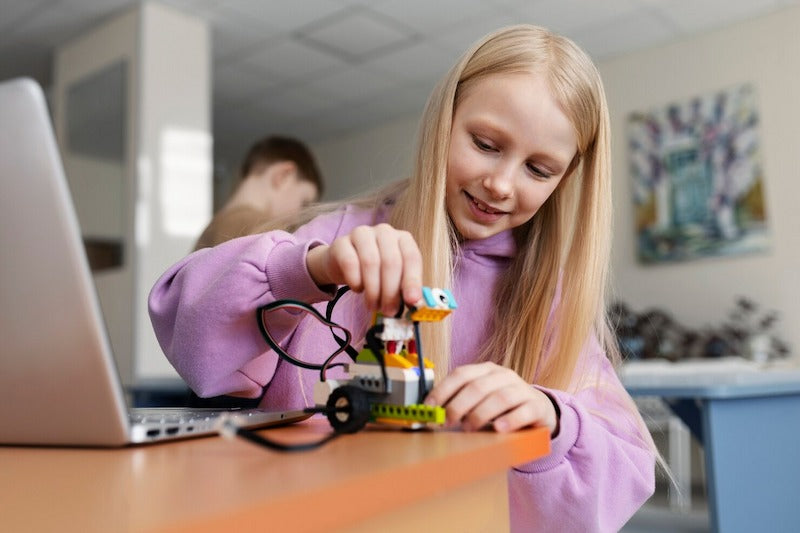Introduction
3D printing technology has revolutionized the way we create, innovate, and learn, offering endless possibilities for both adults and children alike. As this exciting technology becomes increasingly accessible and user-friendly, it’s no surprise that 3D printers designed specifically for kids are gaining popularity. These devices not only foster creativity and problem-solving skills but also introduce young minds to the fascinating world of digital design and manufacturing. This comprehensive guide explores the world of 3D printers for kids, highlighting their benefits, key features, popular models, safety considerations, and engaging educational activities to help parents, educators, and caregivers make informed decisions when introducing children to this cutting-edge technology.
The Benefits of 3D Printing for Kids
Encourages Creativity and Imagination
One of the primary advantages of 3D printing for kids is its ability to stimulate creativity and imagination. By empowering children to design and bring their ideas to life, 3D printing fosters a “maker mindset” that encourages exploration, experimentation, and innovation. From custom toys and figurines to practical household items and school projects, the sky’s the limit when it comes to what kids can create using a 3D printer.
Enhances STEM Learning
3D printing seamlessly integrates science, technology, engineering, and math (STEM) concepts into hands-on, interactive learning experiences. Children learn about geometry, measurement, and spatial reasoning as they design 3D models, while also gaining exposure to computer-aided design (CAD) software and the principles of additive manufacturing. This immersive approach to STEM education helps kids develop critical thinking, problem-solving, and digital literacy skills that will serve them well in the increasingly tech-driven future.
Promotes Collaboration and Social Interaction
Working on 3D printing projects can be a collaborative endeavor, fostering teamwork, communication, and sharing of ideas among children. Whether in a classroom setting or during extracurricular activities, kids can collaborate on designs, troubleshoot issues together, and learn from one another’s successes and failures. This collaborative spirit not only enriches the learning experience but also helps build social connections and a sense of community around shared interests.
Key Features of 3D Printers for Kids
User-Friendly Interface and Software
A critical aspect of 3D printers for kids is their intuitive, child-friendly interfaces and software. These devices often come bundled with simplified CAD programs or web-based design tools that allow children to easily create, edit, and customize 3D models without needing advanced technical knowledge. Some printers even feature preloaded designs or templates that kids can modify, further simplifying the design process and encouraging immediate engagement.
Safety Features and Materials
Safety is paramount when it comes to 3D printers for kids. These devices typically incorporate features like enclosed print chambers, cool-to-the-touch surfaces, and automatic shutdown mechanisms to minimize the risk of burns, injuries, or accidents. Additionally, kid-friendly 3D printers often use non-toxic, biodegradable, or food-safe filament materials like PLA, ensuring that children can safely handle printed objects and work in a toxin-free environment.
Portability and Compact Size
Recognizing that children may have limited workspace or need to transport their printers between home and school, many 3D printers for kids are designed to be compact, lightweight, and portable. These smaller form factors make it easier for children to set up and operate their printers in various settings, whether at a desk, on a tabletop, or in a dedicated makerspace.
Popular 3D Printers for Kids
FlashForge Adventurer 3
The FlashForge Adventurer 3 is a highly regarded 3D printer for kids, thanks to its user-friendly interface, enclosed design, and Wi-Fi connectivity. Its intuitive touchscreen allows for easy operation, while its compact size and quiet operation make it suitable for both home and classroom environments. The Adventurer 3 supports a variety of filament materials, including PLA, and includes a built-in camera for remote monitoring of prints.
Monoprice Mini Delta V2
The Monoprice Mini Delta V2 is an affordable, space-saving option that appeals to kids and educators alike. Its unique delta design offers a small footprint and fast, stable printing, while its auto-leveling feature ensures hassle-free setup. The printer comes fully assembled and is compatible with PLA, ABS, and other common filaments, making it a versatile choice for young creators.
XYZprinting da Vinci Jr. 1.0 Pro
The da Vinci Jr. 1.0 Pro from XYZprinting is designed with beginners and children in mind, featuring a simple, open-frame construction and a user-friendly interface. It supports wireless printing from smartphones or tablets and includes free XYZmaker 3D modeling software, ideal for introducing kids to digital design. The printer works exclusively with non-toxic, eco-friendly PLA filament, prioritizing safety in the printing process.
Safety Considerations and Best Practices
Supervision and Education
While 3D printers for kids are designed with safety in mind, adult supervision is still essential, especially for younger children. Educate children on proper handling of filament, safe operation of the printer, and the importance of following manufacturer guidelines. Regularly monitor printer usage to ensure adherence to safety protocols and address any concerns or questions that may arise.
Ventilation and Filament Storage
Proper ventilation is crucial when using 3D printers, as some materials can emit fumes during the printing process. Ensure that your child’s workspace is well-ventilated, and consider using an air purifier if necessary. Store filament in a cool, dry place away from direct sunlight to maintain its quality and prevent potential degradation or off-gassing.
Post-Processing and Handling Printed Objects
Teach children how to safely remove printed objects from the print bed using appropriate tools, such as spatulas or pliers, to avoid burns or damage to the printer. Instruct them on the proper disposal of support structures and failed prints, as well as the importance of washing their hands after handling printed objects, especially if using materials like ABS that may release potentially harmful particles during post-processing.
Engaging Educational Activities and Resources
Design Challenges and Competitions
Encourage kids to participate in design challenges or competitions that focus on 3D printing. These events can inspire creativity, promote collaboration, and provide opportunities for children to showcase their skills and learn from others. Many organizations, schools, and online communities host such challenges, ranging from designing functional prosthetics to creating original toys or game pieces.
Tutorials and Online Courses
Numerous online resources, such as YouTube tutorials, blog posts, and dedicated e-learning platforms, offer step-by-step guidance on 3D printing and design for kids. Utilize these materials to help children develop their skills, learn new techniques, and stay up-to-date with the latest trends and innovations in 3D printing technology.
Museum and Makerspace Visits
Exposing children to real-world applications of 3D printing can spark curiosity and deepen their understanding of the technology. Plan visits to local museums, libraries, or makerspaces that offer hands-on 3D printing experiences, workshops, or exhibits showcasing the diverse uses of 3D printing in art, engineering, medicine, and more.
In conclusion, 3D printers for kids offer a wealth of educational and creative opportunities that can shape young minds and prepare them for the future. By carefully considering the benefits, key features, safety aspects, and engaging activities associated with these devices, parents, educators, and caregivers can confidently introduce children to the exciting world of 3D printing, nurturing their curiosity, imagination, and STEM skills along the way.





